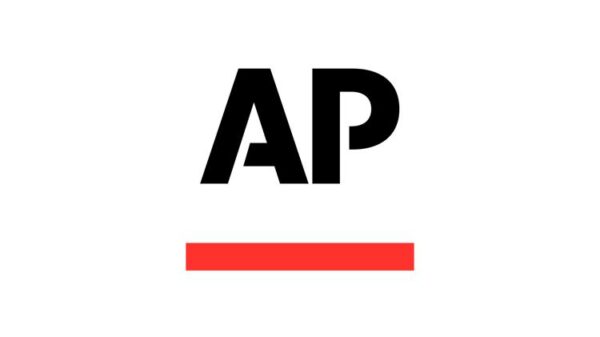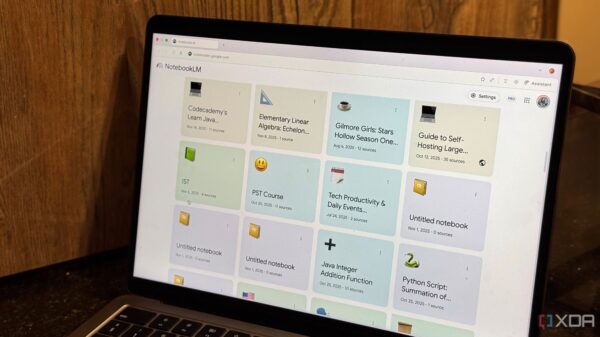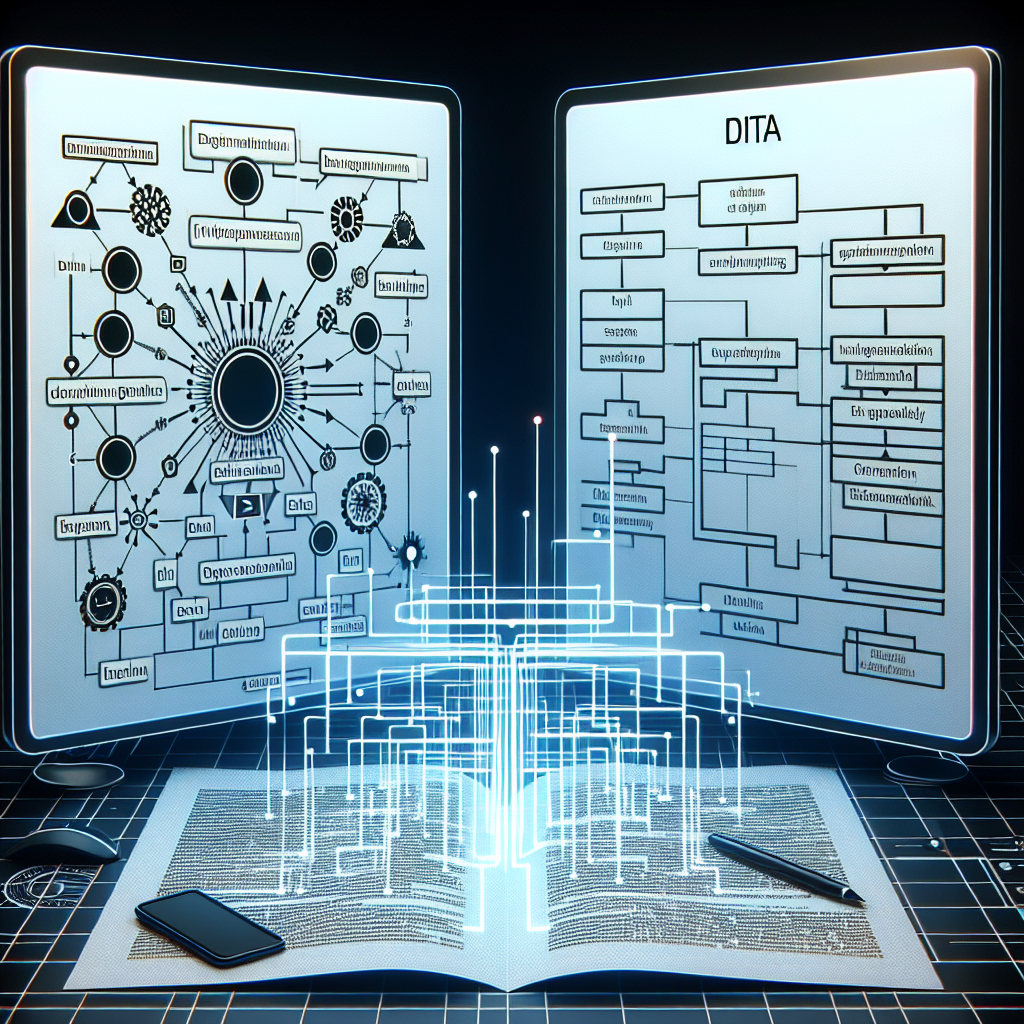Integrating PlantUML diagrams into DITA topics represents a significant advancement in the field of technical documentation. This process enhances the clarity and effectiveness of complex information presentation, making it more accessible for readers. The combination of DITA, a widely adopted standard for technical content management, and PlantUML, an open-source tool for creating UML diagrams, offers a powerful solution for authors looking to improve their documentation.
Understanding DITA and PlantUML
DITA, or Darwin Information Typing Architecture, is an XML-based framework designed for authoring, producing, and delivering technical information. It promotes reusability and modularity by enabling authors to create topic-based content. This approach not only streamlines documentation processes but also allows for the reuse of various content types, such as concepts, tasks, and references.
Conversely, PlantUML simplifies the creation of UML diagrams through a domain-specific language (DSL). It supports a range of diagrams, including class diagrams, sequence diagrams, and use case diagrams. This functionality allows authors to visualize intricate relationships and processes without requiring advanced graphic design skills.
Benefits of Integrating PlantUML with DITA
The integration of PlantUML diagrams into DITA topics delivers numerous benefits. Firstly, it enhances clarity by presenting complex information in a visual format, which helps readers comprehend concepts more rapidly. Secondly, using textual representations makes it easier to update content. When modifications occur, authors can simply adjust the PlantUML code, resulting in automatic diagram regeneration.
Standardization is another key advantage. Utilizing PlantUML ensures consistent formatting and style across documentation, contributing to a professional appearance. Additionally, since PlantUML diagrams are text-based, they can be incorporated into version control systems, facilitating easy tracking of changes over time.
Steps to Integrate PlantUML Diagrams into DITA Topics
To successfully integrate PlantUML diagrams into DITA topics, follow these steps:
Step 1: Install PlantUML
Begin by installing PlantUML, which can be executed as a standalone tool or integrated with applications like IDEs or documentation generators. Download it from the official PlantUML website and ensure that any dependencies, such as Graphviz, are also installed.
Step 2: Create a PlantUML Diagram
Develop your UML diagram using PlantUML syntax. For example, a simple sequence diagram can be created with the following code:
@startuml
Alice -> Bob: Hello
Bob -> Alice: Hi!
@enduml
Step 3: Generate the Diagram
Render your diagram into an image format, such as PNG or SVG, using the PlantUML tool. This can be accomplished via the command line with the command:
java -jar plantuml.jar myDiagram.pu
This command produces an image file, either myDiagram.png or myDiagram.svg, in the same directory.
Step 4: Embed the Diagram in DITA
Reference the generated diagram image within your DITA topic. An example of embedding can be as follows:
Figure 1: A simple sequence diagram.
Step 5: Automate Diagram Generation (Optional)
To streamline this process, consider automating diagram generation using build tools like Apache Ant or Maven. This automation ensures that the latest diagrams are generated from the PlantUML source files each time your documentation is built.
Step 6: Review and Publish
Finally, review the integrated diagrams for accuracy and consistency. Once verified, proceed to publish your documentation in your preferred output format, such as HTML or PDF.
In conclusion, integrating PlantUML diagrams into DITA topics significantly enhances technical documentation. By leveraging the simplicity of PlantUML alongside the modularity of DITA, authors can produce clear, visually appealing, and easily maintainable content. This integration not only clarifies information but also fosters a more dynamic documentation process capable of adapting to evolving informational needs. Embracing this collaboration can elevate the quality of technical documentation to new heights.





































































